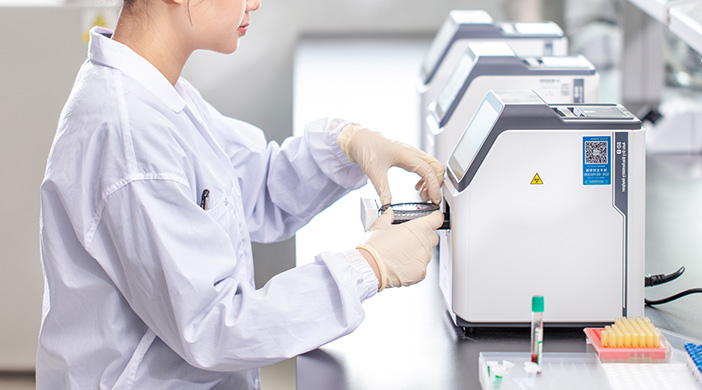3 ways to troubleshoot biochemistry analyzer reagent interference
In fact, the product specifications provided by each manufacturer often do not fully reflect the composition of the reagents. The factors affecting biochemical reactions are quite complex. Therefore, it is more important to discover the possible interference caused by cross-contamination of reagents through experiments.
Specifically, the following tests can be used to troubleshoot and discover possible interference between reagents.
1, a reagent as a sample for a full set of project determination. Then examine the results of the situation so that you can determine the cause of direct interference when cross-contamination of reagents occurs. Dual reagents of R1, R2 both to do. This is targeted in solving the interference.
2. 1 sample is divided into two parts. One copy plus saline or other appropriate diluent. Add equal amounts of reagents to the other copy. Measure and examine the changes in results simultaneously. This will determine the cause of the interference when cross-contamination of reagents may occur.
3, if there is a suspicion that the A reagents on the B project interference, you can use the sample to do the B project alone a number of times first. Then do item A first, followed by item B a number of times. Through statistical analysis, you can know the degree of interference of A reagents through reagents for B items.


